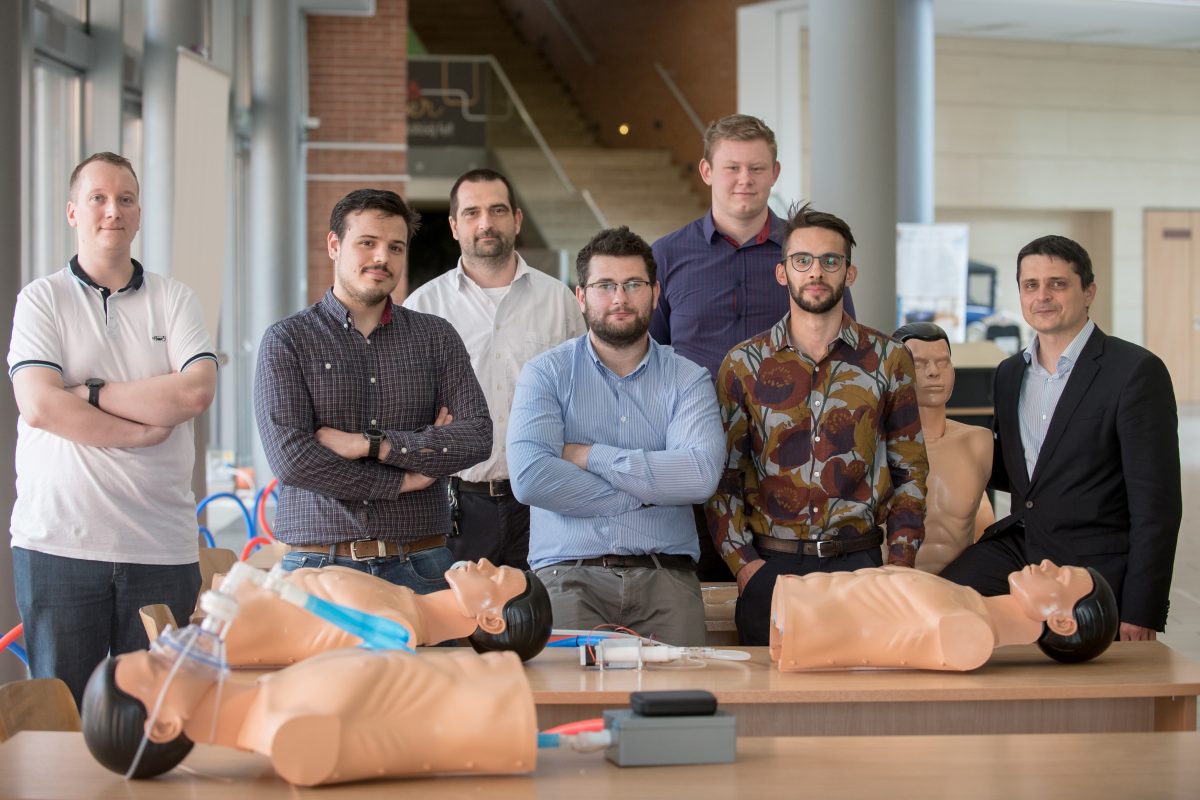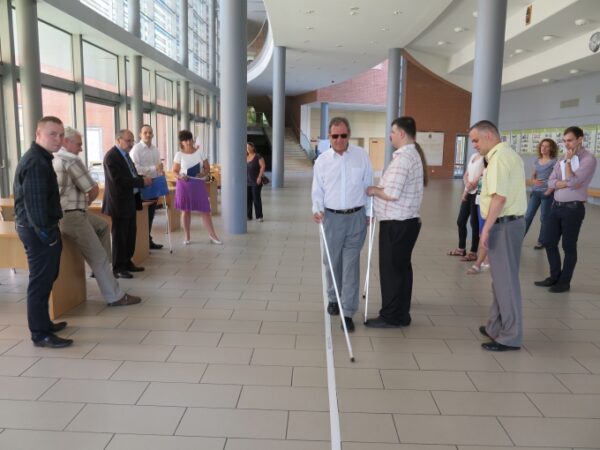Successful projects
Mass Ventil
The MassVentil mass ventilation system is unique in that it can ventilate 5-10-50 or even more people simultaneously, protect healthcare workers, and be operated outside hospitals, in ad hoc camps, or halls.
The invention’s development began in March 2020, at the start of the coronavirus pandemic, under the leadership of Prof. Dr. Miklós Kozlovszky. It was a civilian initiative, supported by selfless volunteer experts and domestic and international companies and institutions.
Obuda University embraced the initiative, providing space, infrastructure, and experts for the project. As a result of this collaboration and financial support from the National Research, Development and Innovation Office (NKFIH), a successful prototype of the invention was created.
On December 20, 2021, Obuda University and Medicor Ltd. signed a strategic cooperation agreement for five years. As part of a comprehensive development project within the framework of healthcare investment and COVID-19-related R&D activities, Medicor will establish and operate the “MEDICOR MassVentil Laboratory” at the university.
More information can be found here.

Ariadné Electronic Guide System
The Ariadné Electronic Guide System, considered a novelty globally, allows the creation and use of a “tactile” pavement marking with a special white cane, which is not perceptible to the environment and does not cause problems.
The essence of the Ariadné system is that a guide strip is placed on or under the walking surface, which can be electronically detected with radio waves using a specially designed white cane. The sensor at the end of the cane near the walking surface receives the radio frequency signals during the use of the cane, and the electronic system in the cane handle indicates the direction of the guide line with sound signals and/or vibrations. An important aspect of the cane’s design was that its size and weight distribution should not differ from traditional white canes. The ARIADNÉ guide system is suitable for helping blind and visually impaired people navigate indoors, in public institutions, workplaces, and homes, and even for making outdoor events accessible.
The system has been tested and positively evaluated by the National Federation of the Blind and Visually Impaired. The development’s patenting process is ongoing.




